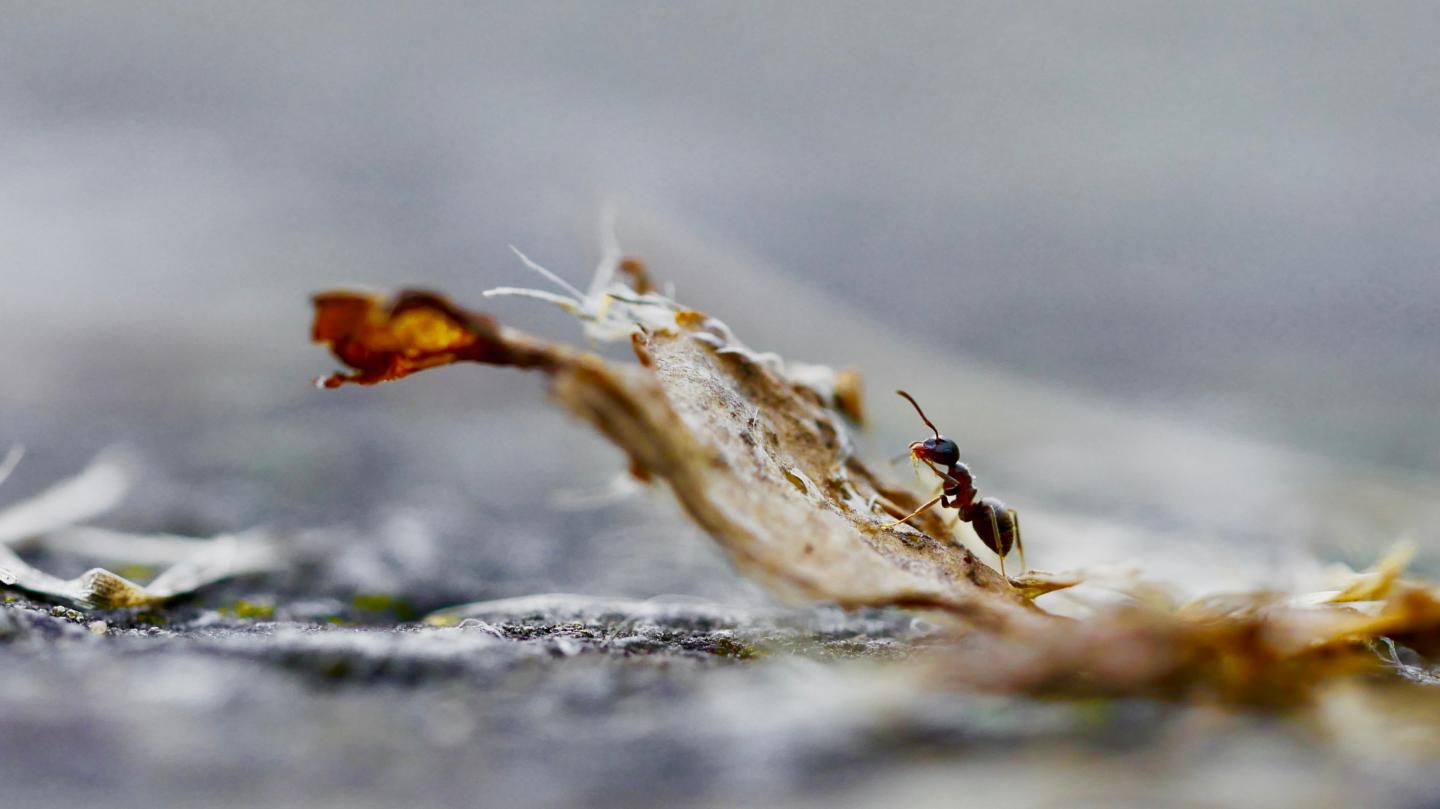Neural mechanisms could inspire designs for new skylight-based navigation tools for robots

Credit: Christian Lischka, unsplash.
A computational simulation suggests that insects may be capable of using the properties of light from the sky to determine their compass direction with an error of less than two degrees. Evripidis Gkanias of the University of Edinburgh, U.K., and colleagues present their findings in PLOS Computational Biology.
Several insects, including honeybees, locusts, and monarch butterflies, use the position of the sun to guide their travel. Even when the sun is not visible, these insects can sense the polarization of light in the sky and use it to estimate the sun’s position. However, the precise neural processes by which insects transform properties of light from the sky into an accurate compass sense are unclear.
To explore this question, Gkanias and colleagues built a computational simulation that incorporates a hypothetical system of neurons that an insect’s brain could potentially use to reconstruct the sun’s position from skylight properties detected by the eye. The simulation also incorporates known physical properties of light from the sky, the layout of the insect eye, and other biological parameters determined from previous research on the insect brain.
The simulation suggests that insects should be able to use sky polarization to estimate their compass direction to an error of less than two degrees, without ambiguity and with the ability to correct for passing time. It also shows that this compass information is accurate enough to allow an insect to estimate the distance and direction back to its home, even after moving a long distance away in a random path over rough terrain.
“This highly accurate insect compass could potentially be copied for development of a component in a cheap and self-contained positioning system,” Gkanias says. “Such a system could serve as an alternative to GPS for navigation of outdoor robots.”
The researchers are now building a prototype physical sensor based on the simulation used in this study. They plan to test the sensor under a real sky and on a real robot.
###
In your coverage please use this URL to provide access to the freely available article in PLOS Computational Biology:
https:/
Citation: Gkanias E, Risse B, Mangan M, Webb B (2019) From skylight input to behavioural output: A computational model of the insect polarised light compass. PLoS Comput Biol 15(7): e1007123. https:/
Funding: This study was funded by award EP/M008479/1 from the Engineering and Physical Sciences Research Council (EPSRC) to Barbara Webb and Michael Mangan. The funders had no role in study design, data collection and analysis, decision to publish, or preparation of the manuscript.
Competing Interests: The authors have declared that no competing interests exist.
Media Contact
Barbara Webb
[email protected]
Related Journal Article
http://dx.



